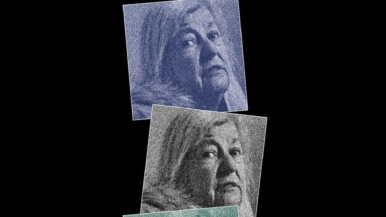Kathleen Wynne promises a magical mystery money source for public transit in Toronto

After announcing last week that her Liberal government is ruling out the possibility of using HST and gas-tax hikes to fund public-transit expansion in the GTA, premier Kathleen Wynne spent this morning attempting to reassure urban voters that new construction on subways and other crucial infrastructure will still be paid for…somehow.
“Will there be a dedicated fund?,” she asked Metro Morning’s Matt Galloway rhetorically, when questioned about where the money will come from. “Will it be transparent what those dollars are going to be used for? Yes, absolutely.”
When Galloway pressed Wynne for more specifics about money sources for this “dedicated fund,” the premier would only say that “it will be a number of things,” and that the details will be unveiled with the rest of this year’s provincial budget.
Some combination of HST and gas-tax revenue has repeatedly been identified by expert panels as being among the most promising options for funding Metrolinx‘s $50 billion “Big Move” plan for public transit in the GTA. Most of the other options that have been examined by the province have either been politically unworkable (like, road tolls) or mathematically unlikely (like, using existing provincial revenue). And so when Wynne says that she has a secret plan up her sleeve, that’s where the skepticism comes from: we’ve already seen a number of other options discussed and dismissed. HST and gas-tax hikes were supposed to be the compromise options.
During this morning’s interview, Galloway pressed Wynne on her motives, suggesting that her refusal to push ahead with transit-dedicated tax hikes is a calculated political move, perhaps designed to forestall an election. Wynne claimed that the decision was made solely to protect struggling middle-income families from new taxation.
Those same families may also find themselves protected from new subway lines and better commuter-rail service.






If the United States of America, the land of the free, can have road tolls then why cant we?
The next phase of the Big Move is pretty-much back to Square One (not the shopping centre). It’s two steps forward, one step back for transit planning in these parts.